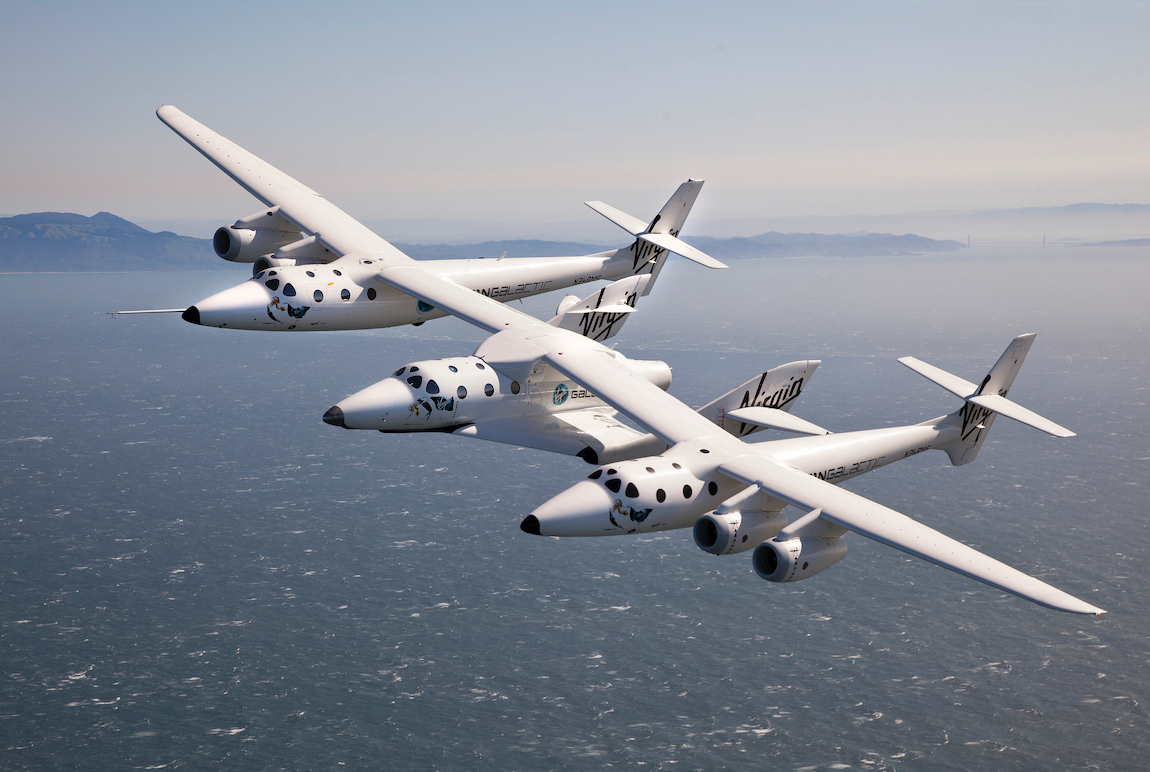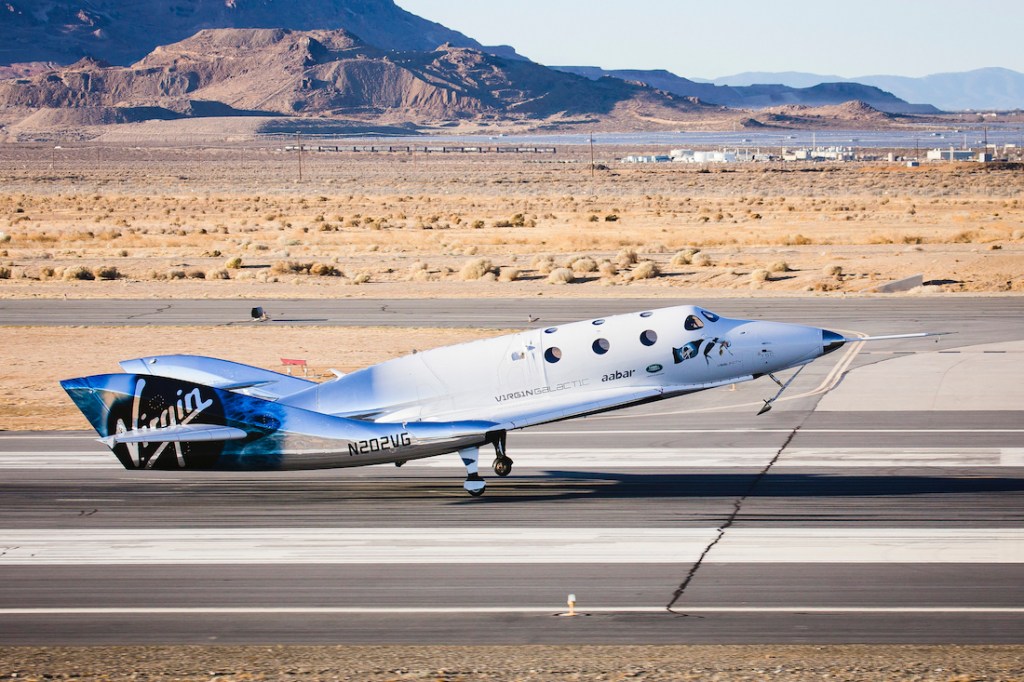
After almost two years since its last powered flight to space, Virgin Galactic is finally back in the “saddle” with its first unpowered glide, post renovations. Next up, the company plans to do a powered test flight before resuming commercial spaceflights.
Return to flight after a long break
Initially, Virgin Galactic hoped to launch a few months after its Unity22 mission with company founder Richard Branson in 2021. However, an FAA investigation into a mishap on that flight and then a year-long refurbishment process on both VSS Unity and VMS Eve (Unity’s mother ship) pushed the next flight back to where we are today.
Now that refurbishment is complete, Virgin Galactic has begun testing the changes and upgrades made to VSS Unity, the part that goes into space. Unity remained at Spaceport America for its promotions, but the mothership, Eve, flew back to Virgin Galactic’s main base of operations at Mojave Air and Space Port in California. On its second test flight, Eve relocated back to New Mexico to begin captive carry flights with Unity.
The glide flight took place Wednesday morning and is the final flight before Virgin Galactic completes a powered flight of Unity’s hybrid rocket engine. After reaching an altitude of 47,000 ft, Unity was released from Eve at 9:47 a.m. ET for a nine-minute glide to Spaceport America’s runway.
The mission has three objectives, evaluate the performance post modifications, continue to learn more about how the vehicle flies, and gather data on a new pylon attached to Eve on ascent. Virgin Galactic said the results of this flight will take a few weeks to process before Unity returns to space.

The next flight (Unity23?) will carry a crew of six, two pilots and four Virgin Galactic crew members, up to just below the Kármán Line (100 km or 60 mi) but above the US boundary of space (80 km or 50 mi). Their mission will be to judge the consumer experience now that the vehicles have been renovated and it’s been two years since the last flight.
While another company (cough cough, Blue Origin) like to state that they are the only ones that actually get you to space. According to the FAA, the most powerful aviation regulatory body probably on the planet and the one that both companies listen to views 50 miles as space.
Sadly the FAA no longer gives out civilian astronaut wings to anyone that crosses that threshold, but I’m sure Virgin Galactic will give any first-timers its own. However, since those that are riding on this mission are doing so to perform work, in my heart, they will be astronauts.
FTC: We use income earning auto affiliate links. More.



Comments